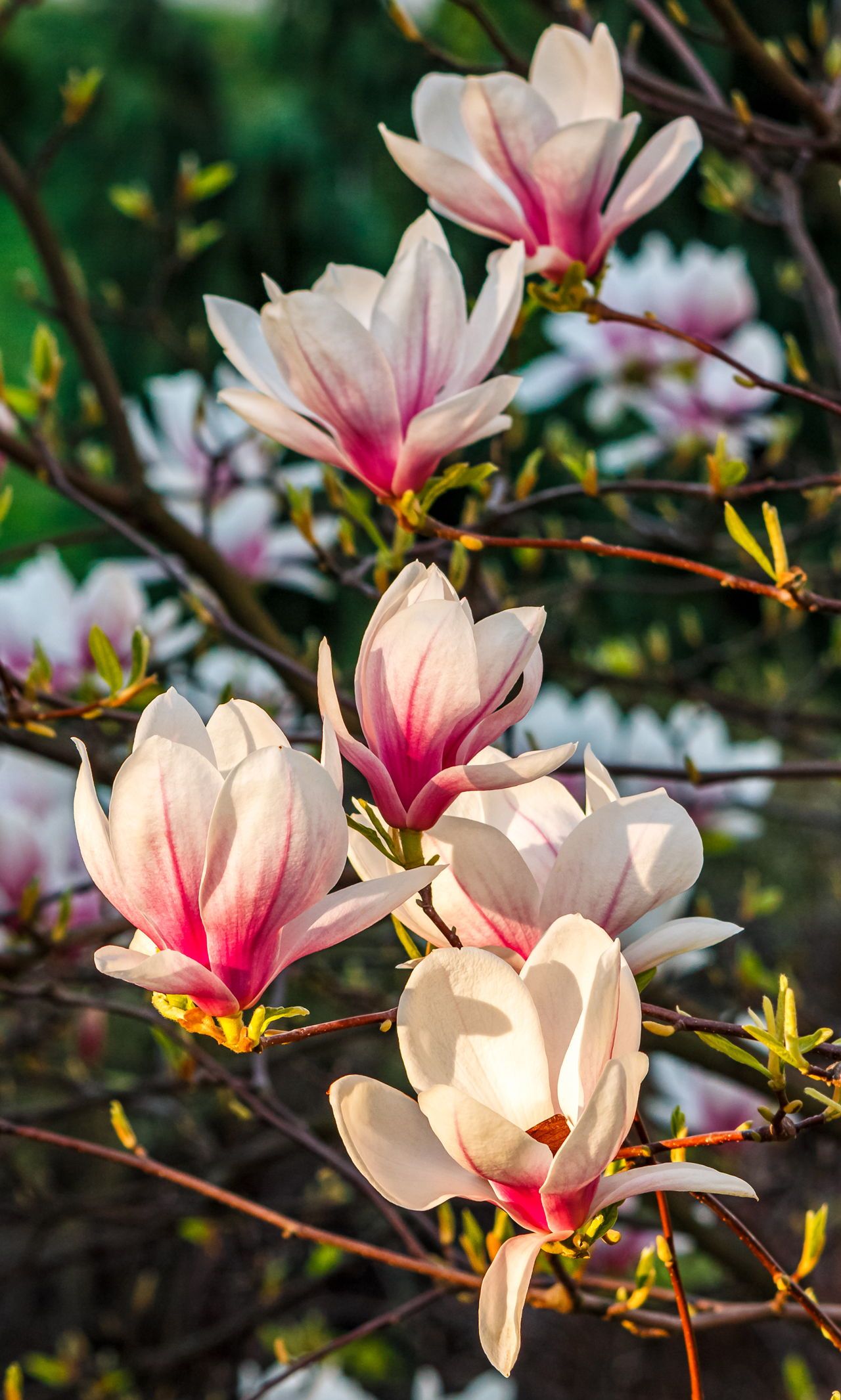Magnolia Trees: Common Diseases and Pest Attacks
Magnolia trees are known for their beautiful and fragrant flowers, as well as their tough and sturdy nature. However, like any other plant, they can also suffer from diseases and pest attacks. Knowing the common issues that affect magnolia trees can help you take better care of them and keep them healthy and thriving in your garden.
Common Diseases
1. Leaf Spot: One of the most common diseases that affect magnolia trees is leaf spot. This fungal disease usually manifests as dark or yellow spots on the leaves, which can eventually cause them to drop prematurely. Leaf spot is often triggered by excessive moisture and poor air circulation, so it’s important to water your magnolia trees carefully and prune them regularly.
2. Powdery Mildew: Another fungal disease that can affect magnolia trees is powdery mildew. This disease appears as a white, powdery substance on the leaves, which can hinder photosynthesis and weaken the tree. To prevent powdery mildew, make sure to plant your magnolia trees in a sunny and well-ventilated area, and avoid overcrowding them with other plants.
3. Verticillium Wilt: This soil-borne fungus can cause wilting, yellowing, and browning of the leaves in magnolia trees. Verticillium wilt can be difficult to treat once it has infected the tree, so it’s crucial to plant magnolia trees in well-drained soil and avoid over-fertilizing them, as excessive nitrogen can make the tree more susceptible to this disease.
Pest Attacks
1. Scale Insects: Magnolia trees are often targeted by scale insects, which are small, sap-sucking pests that can weaken the tree and stunt its growth. To control scale insects, you can introduce natural predators like ladybugs or lacewings, or use horticultural oil to smother the pests.
2. Magnolia Scale: Specifically targeting magnolia trees, the magnolia scale is a type of armored scale insect that can cover the branches with a hard, protective shell. This can lead to decreased vigor and dieback of the tree. Pruning infested branches and applying horticultural oil can help manage magnolia scale infestations.
3. Japanese Beetles: These voracious pests can skeletonize the leaves of magnolia trees, leaving them vulnerable to diseases and other stressors. Handpicking the beetles off the tree or using neem oil-based insecticides can help keep their populations in check.
Taking Care of Your Magnolia Trees
To keep your magnolia trees healthy and resistant to diseases and pests, it’s important to provide them with the right growing conditions. Ensure that they are planted in well-drained soil and receive adequate sunlight and air circulation. Regular pruning can also help keep the trees free from overcrowding and fungal diseases.
When watering your magnolia trees, be mindful of not overwatering, as excessive moisture can lead to the development of fungal diseases like leaf spot and powdery mildew. Using a soaker hose or drip irrigation system can help deliver water directly to the roots and avoid wetting the foliage.
Finally, inspect your magnolia trees regularly for signs of diseases and pest infestations. Early detection can help you address these issues before they become pervasive and cause significant damage to the trees. By following these tips, you can ensure that your magnolia trees remain healthy and beautiful for years to come.
With proper care and attention, you can minimize the risk of diseases and pest attacks on your magnolia trees, allowing them to flourish and grace your garden with their stunning blooms and foliage.
You can review our digital products by following us on Etsy.





